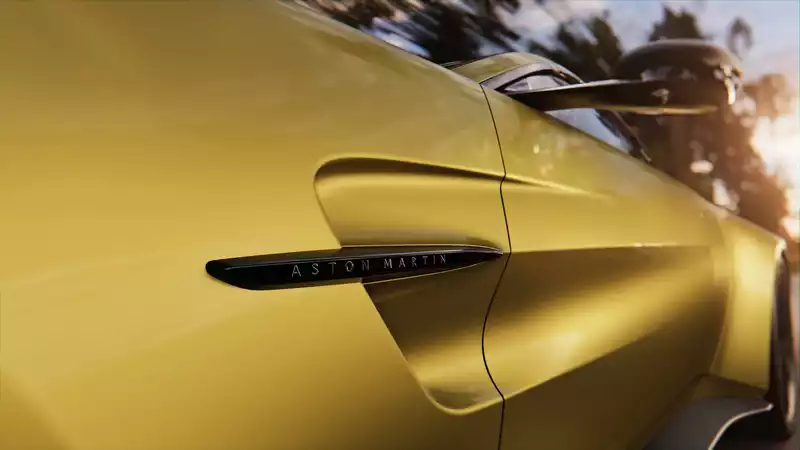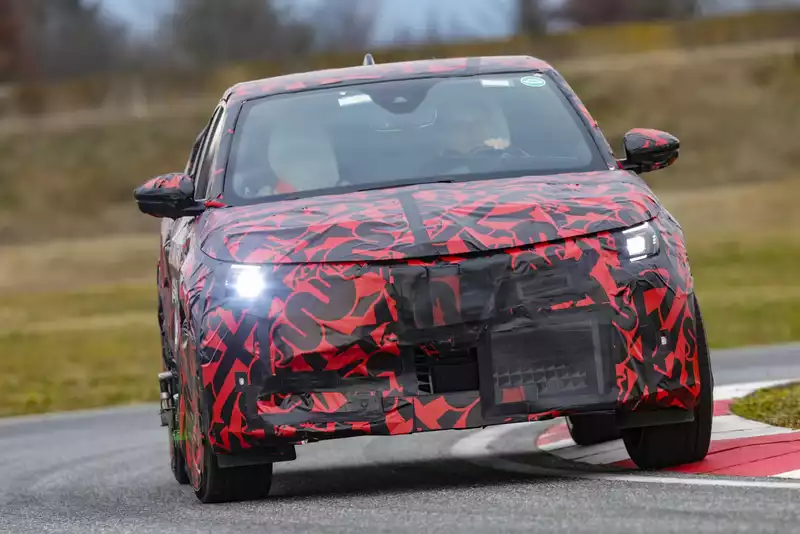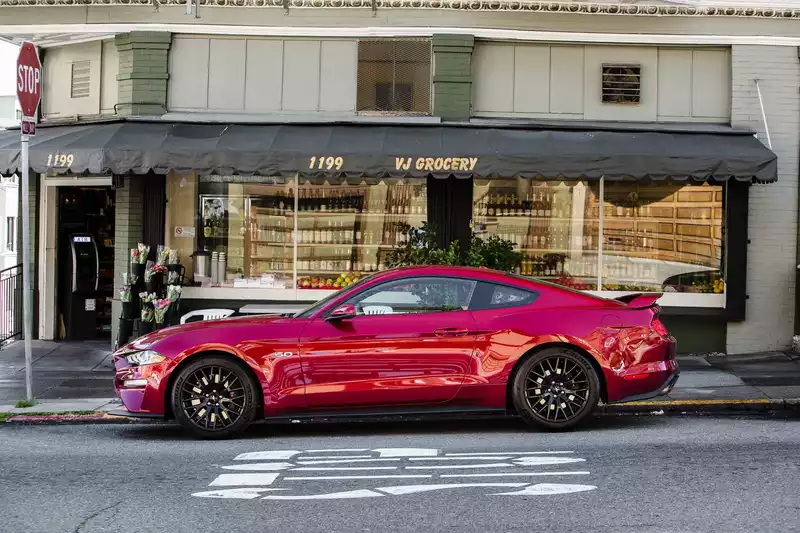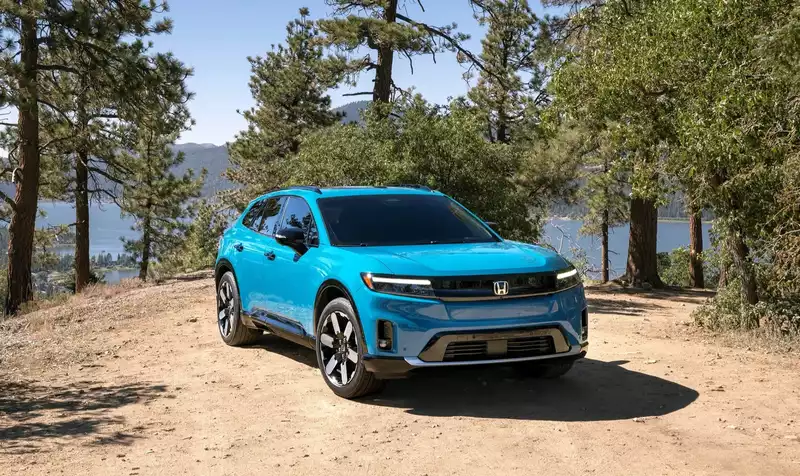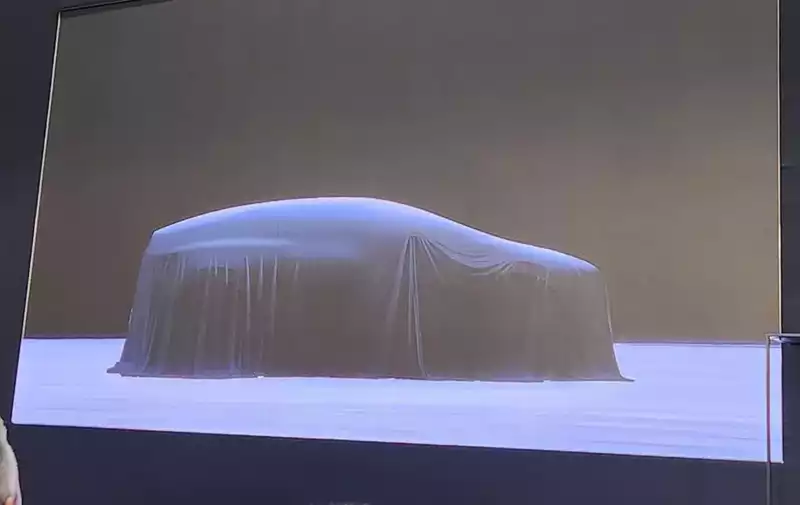Diameter or piston stroke: which gives more power?
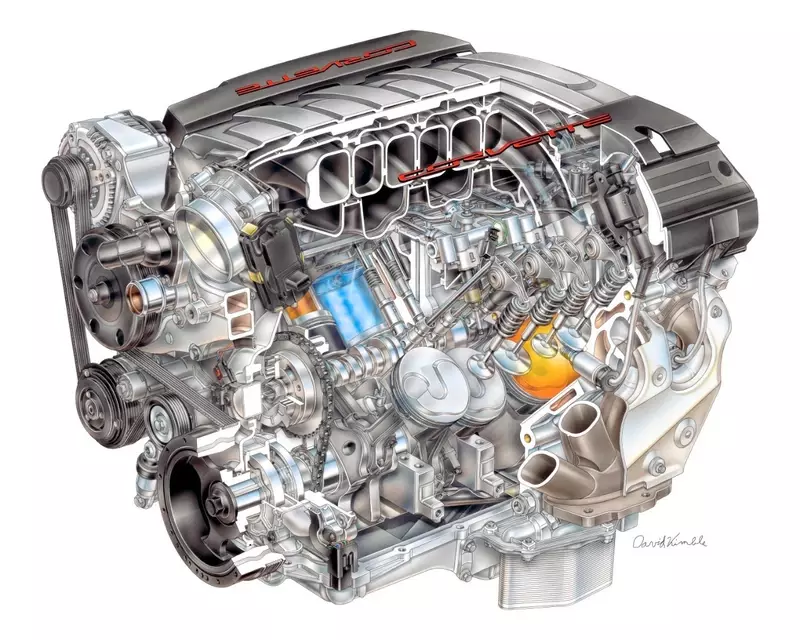
Unless you're driving a Mazda with a rotary engine, the performance of a gasoline or diesel engine is largely determined by cylinder bore and piston stroke (the distance the piston travels inside the cylinder).
But if you want more power, whether you should increase bore or piston stroke, explains Jason Fenske of Engineering Explained in the accompanying video.
The short answer is that enlarging the bore is generally the best way to get more power. Larger orifices create more space and open more valves. This doesn't work well at low rpm, but it works well at high rpm. It works well for another reason. A larger bore with a shorter piston stroke allows the engine to run at higher rpm, producing more horsepower.
Conversely, long strokes are usually better for fuel economy because they have less combustion surface area. With less surface area, there is less room for heat to escape, and more combustion energy is put into useful work pushing the piston down. [Engines with smaller diameters and longer piston strokes also reduce the distance traveled by the flame during combustion, resulting in shorter combustion times. This allows more work to be done in combustion, which increases the efficiency of the engine. [However, these are only generalizations. It is quite possible that an engine with a larger bore will be more efficient or a long stroke engine will be more powerful. But other variables aside, there is a relationship between bore size and power, and between piston stroke length and efficiency.
Bore diameter and piston stroke are not the only factors affecting engine design. The mass of rotating parts, use of turbochargers and superchargers can affect power output and efficiency.
In addition, talking about an engine in isolation only gives part of the picture. The performance of an engine is ultimately determined by the vehicle in which it is used. Transmission choice, vehicle weight, and aerodynamics also affect efficiency. At the same time, a powerful engine is useless if it cannot realize its power on the road surface.
To learn more, watch the video above. Like all EE videos, it will certainly expand your automotive knowledge.

